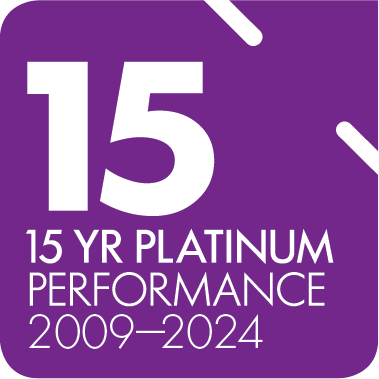The median Melbourne house price in 2010 was $553,000. By the end of the decade it was $855,000.
10 years ago, the iPhone 4 was all the rage, but Nokia still had a 38% global market share.
And if you had $50,000 in super a decade ago it would now be worth around $95,000 based on investment returns alone.
The future has a habit of sneaking up on us. One minute we’re fresh-faced twenty somethings, or a career-focused 30-year-old. Next thing we know, 10 years have passed and we’re wondering what happened to 3D TVs and Avatar.
Superannuation is similar. It slowly builds up over time, while the daily ebbs and flows barely register. But if you look back over a period of time the jump can be quite stark.
Question is, how do you balance those immediate needs, whether it’s a new bathroom, a jet ski or a car purchase, with your long term financial needs?
The good news is there’s a solution.
Buying a bigger slice of the pie
While it’s possible to deposit money directly into your super (just use the BPay number for your account), that may not be a viable option for many Australians. Frankly, there are bills to pay, and belts to tighten.
A more common scenario is salary sacrificing. Which simply means you contribute a little more of your pre-tax salary towards your super. This is sometimes known as a concessional (before tax) contribution.
Because you never see the money in your pay packet, you’re less likely to miss it (or spend it). This also has tax advantages, as the amount you salary sacrifice is taxed at 15%, rather than your usual tax rate, which is probably closer to 30%.
Getting started is as easy as talking to your employer and letting them know how much you’d like to salary sacrifice with each pay cheque. It can be an extra $20 per week, $300 a month, or whatever suits your finances.
The dollar cost average
The great thing about super is that even small contributions over time can make a significant difference.
If you’re in a default (MySuper product) or have your super in growth focused options your money is invested in a range of companies and stocks around the world. When these go up, like Apple or Tesla have over the previous 12 months, your super goes up.
Chipping in money over a period of time, rather than one lump sum amount, helps protect you against market volatility. These smaller contributions mean you’re not potentially going ‘all in’ at the top of the market. This is known as the ‘dollar cost average’ approach to investment.
And there’s the rub. If you take away all the jargon, super simply means you’re investing your money in the future. It might not feel like much at any given point in time, but it all adds up, and when you stop to look back after 10, 20 or 30 years you’ll have built a formidable investment.
Any figures quoted are correct at the time of writing but may be subject to change.










